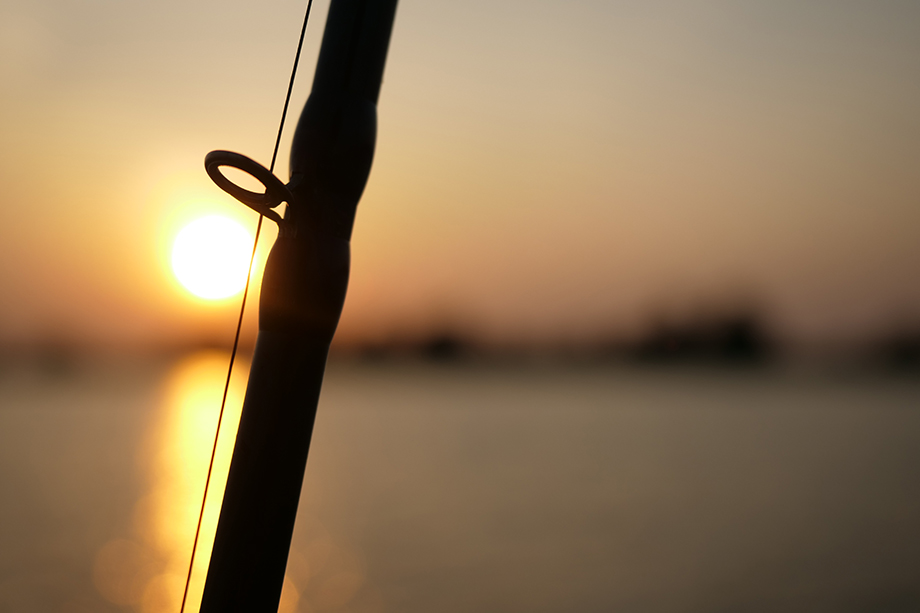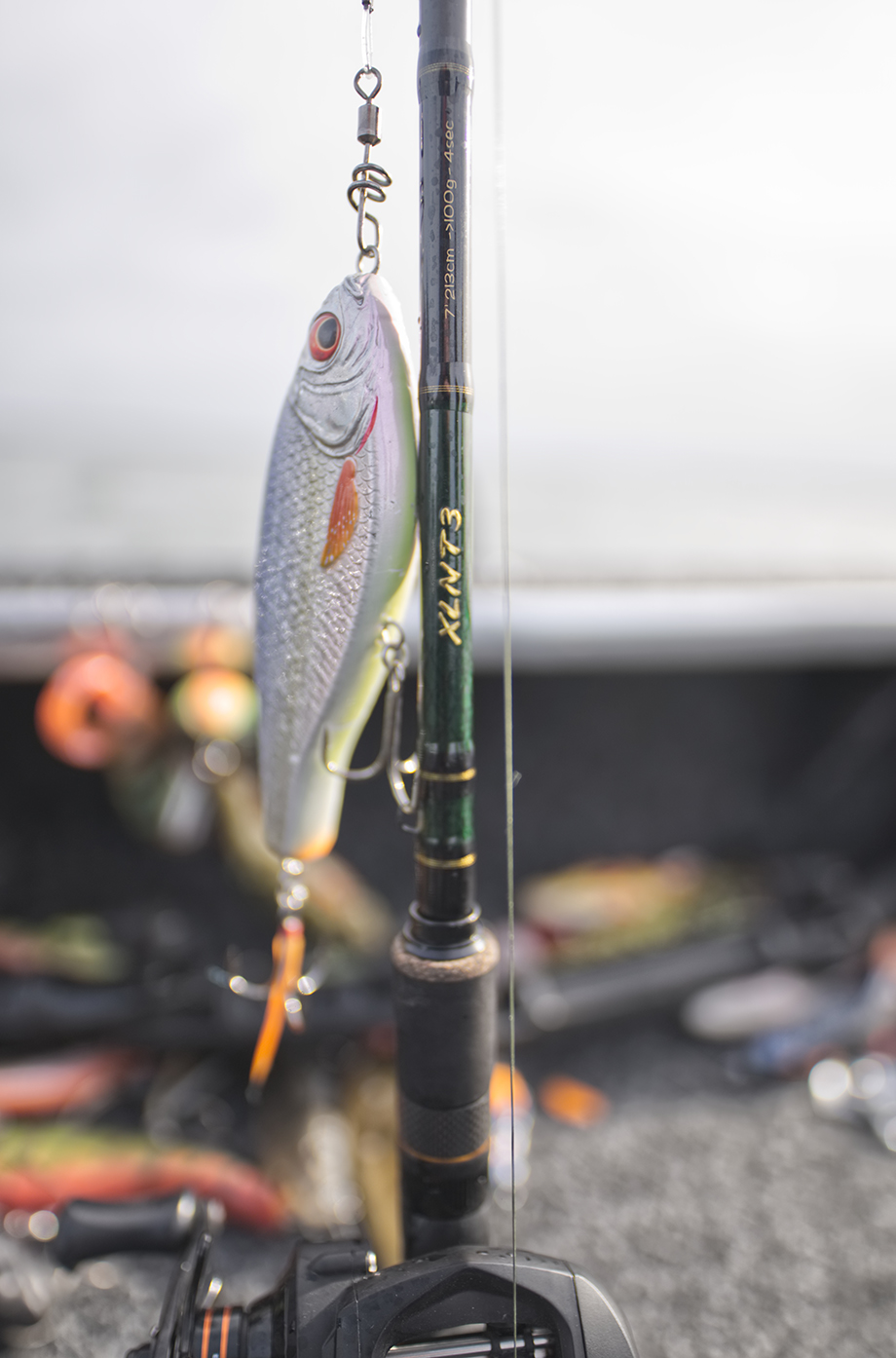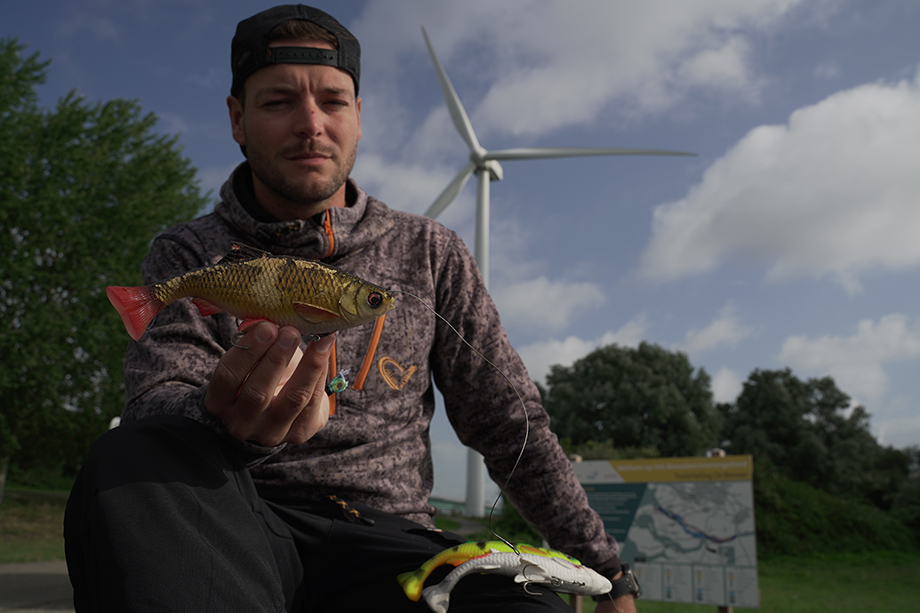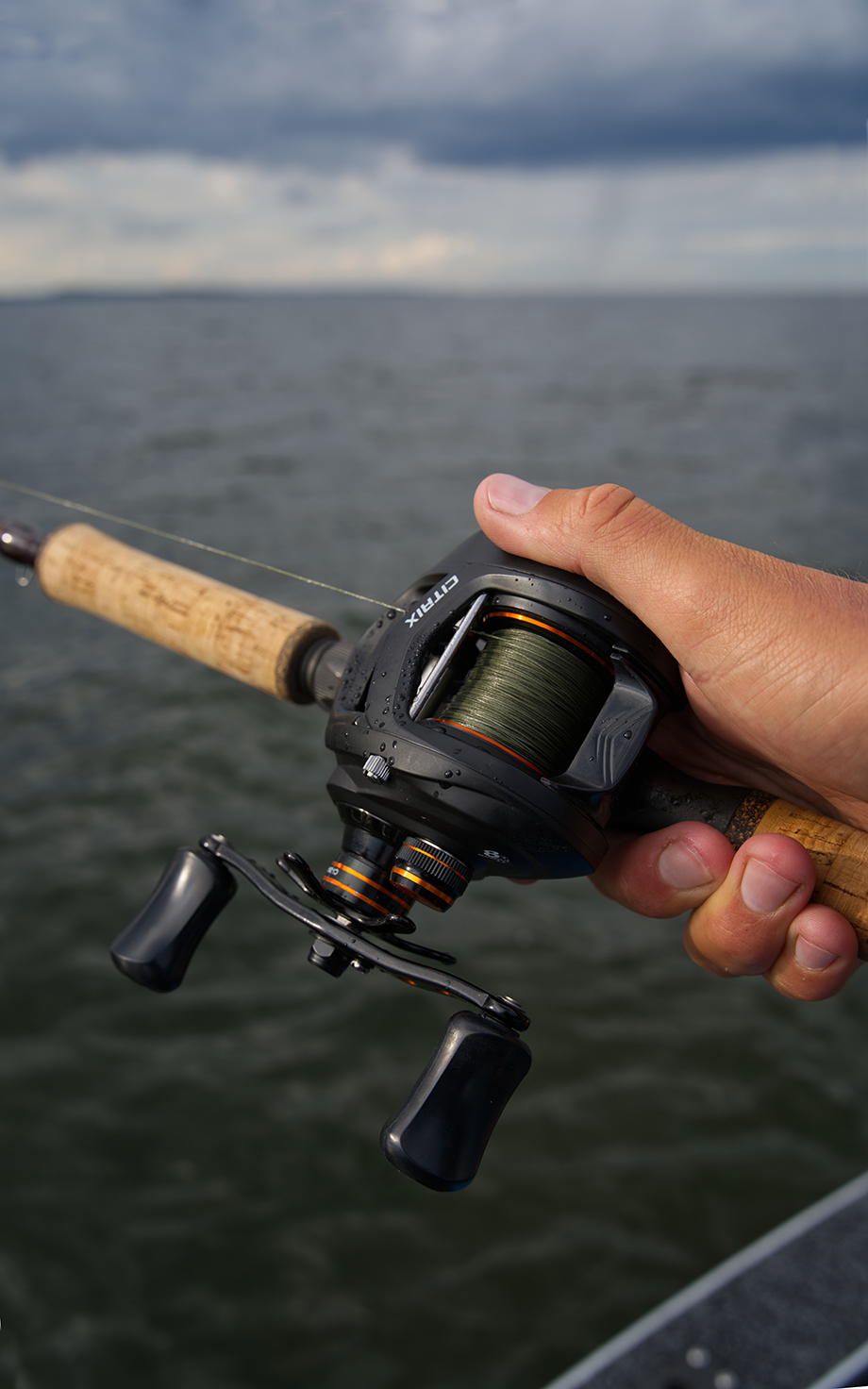Spring on the horizon - How to be successful
Spring on the horizon… Tactics for the coming weeks!

I just came back from the first Spring fishing session of 2020. It felt like heaven, sun on your face and lures flying around to be retrieved in a variety of ways on shallow spots. It is February so I was not surprised that we did not see that many pike in the shallows. But we did catch some fish and had some serious specimen following our lures. A glimpse of things to come for the approaching weeks!

Lure choice
The water temperature is still low even though it is higher than it normally is. During these early Spring sessions, you want to fish as slow as possible. The pike are a fat and lazy, the last thing they want to do is do a heavy workout. In these conditions slow, suspending jerkbaits is the bomb. The hang-time, which means how long can a bait stay still before it sinks, is deadly. It gives the fish that final push towards grabbing what appears to be an easy meal. I usually clear out all the rattles from the rattle chamber of my Jerkster and fish it with the tip of my rod pointed upwards to get the maximum amount of hang-time. I usually fish it as slow as a can when used this time of year. Tap it, let it glide all the way and then the hang-time. Literally count: one, two… and then another tap. I covered the Jerkster more in depth in another article, which you can find HERE.

Pulse tail
Another bait that will work well is the new Pulse Tail range. In these first Spring sessions we used the biggest of the Pulse Tail Roach. The slow movement and vibration it generates attracts even the laziest of predatory fish. While I have used the bigger Pulse Tail Trout at the end of Autumn, I think the Roach has the advantage - For now. I will cover why later in this article. The way you fish the Pulse Tails is a bit different. I like to fish them with a steady retrieve and every 10 seconds I speed it up, letting the tail vibrate like hell. After that, a 2 or 3 second pause just to start the steady retrieve again. No erratic jerks or pulls, as this seem to have a negative effect on how fish react to this bait.
Another type that can work really well is streamers and hybrids like the Savage Gear Hybrid Pike. They tend to be very low in weight, making them sink very, very slow and thus can be fished in slower speeds. They do require rather clear water because this is a bait that has less vibration then the Pulse Tails and require some water clarity to be the most effective.

Size matters!
As many may know, I am a big bait fan. I usually go for the biggest stuff that I can get my hands on. BUT! In Spring, you want to find the fish. Some call it search baits, I like to call it common sense. You want to know if and where the pike are. Bigger baits are more selective as it filters out the smaller fish. But in Spring the small fish are an indication that you are fishing in the right place. What I tend to do is pick a smaller size in lures than I would normally use to target big fish. I am not suggesting going underneath 14cm or smaller. You want an all-round lure to spot the fish and then proceed using bigger lures to focus on the bigger fish. But, if you are after the numbers, stay on that medium sized lure instead of those 30cm+ slobs! For instance, I use the Pulse Tail Roach to find the fish and when I have found them, I switch to her bigger brother, the Pulse Tail Trout. This also applies to when the fish are more active than expected. I tend to switch to bigger baits like the 32cm Line Thru Roach when I have located where the fish are and I get the takes but only from the smaller ones
 Whipping out the bigger baits when you have found the fish or want to fish really selective.
Whipping out the bigger baits when you have found the fish or want to fish really selective.
Most important in Spring: Location, location location!
You will not catch fish if they are not there! In Spring, especially early on, finding the fish can be difficult. If you are fishing on the right location, you still need that confirmation in the form of a bite or a follower to get the confirmation that you are where you need to be. A sonar can only tell you so much, even with the latest in technology. There are a couple of key factors that come into play during spring that make your life easier in finding the fish.
First, temperature is one of the most important features. Shallow spots warm up faster than deeper spots. Shallow spots that are protected from the wind warm up even faster. Also, during winter fish like to burn as little energy as possible. Being sheltered from the elements is a big benefit for them, so finding spots that warm up faster and keep them safe and comfortable. That is usually a big clue in finding them!
Another thing I look into is locations where there is a lot of grass and small bait fish during the warmer months. These spots are like breeding ground for all kinds of fish. The small pike offspring feed on these small preys and thus it is a good strategy for pike to spawn in these locations.
But what if the pike are not in the shallows? Often, they are close by. So, target the edge of the drop-off towards the shallow spawning areas and the deeper area close to that drop-off. Now heavier baits will be more effective as you will probably need to reach depths bigger than 3m. Using a long rod helps you to control your bait better in these situations. I am a fan of longer rods, a rod around the 250cm mark will do fine. I personally use the 258cm Savage Gear Custom Predators a lot!

Good luck the coming weeks, share your catches with us and who knows when we will meet out on the water!